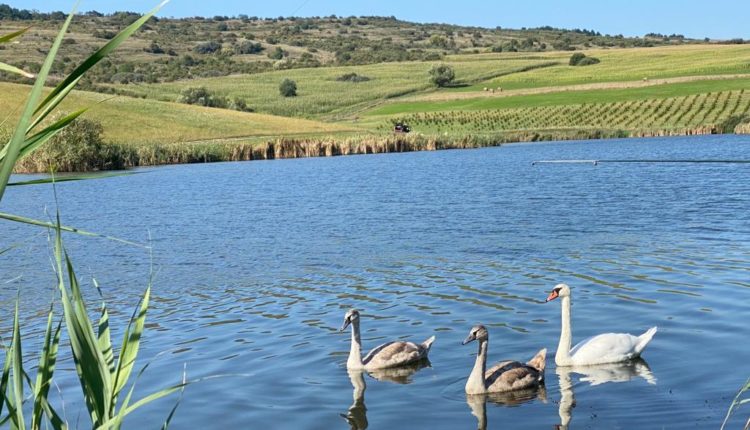LOCURILE-MINUNE DE PE CÂMPIE
Iștantăul, „Lacul lui Dumnezeu” sau „Tăul fără fund” are patru hectare și o legendă mare cât apele lui. Se spune că, acum vreo 200 de ani, prin Fânațele Bandului trecea un alai de nuntă. S-au auzit dintr-odată bubuituri mari din cer și s-a cutremurat pământul. Apoi „s-a răsădit” lacul, după ce a căzut ceva mare din cer. Mulțumită acestei legende, unii se încumetă să spună că Bandul ar avea singurul lac din Europa de origine meteoritică. La Band am primit, de la niște oameni frumoși la chip și la suflet, un CRAP RONDELE LA CEAUN.
La Râciu găsim urme misterioase lăsate de populațiile traco-geto-dacice, dar poate și de alte neamuri, în locul numit Comori. Tumuli le-au zis specialiștii. Chiar neivestigate fiind de arhelologi, s-ar zice că sub aceste movile stranii sunt morminte, în care defunctului i s-au pus obiecte pentru călătoria în lumea de dincolo.
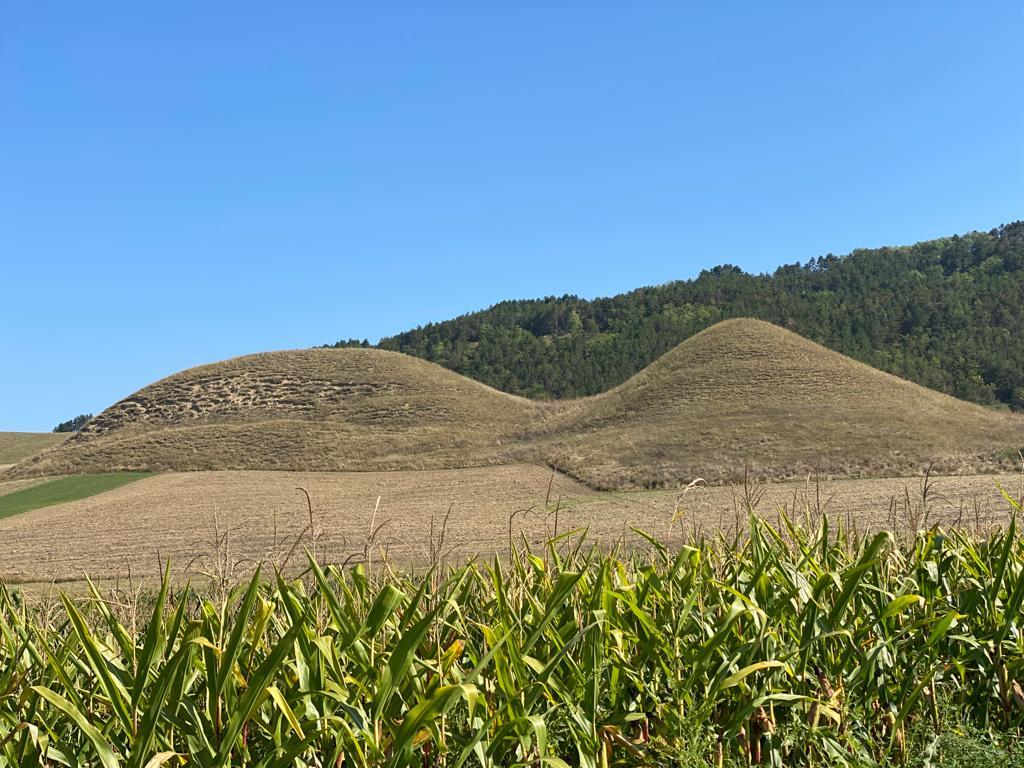
Se spune că pe aceste meleaguri a viețuit un monah pe nume Martin, recunoscut ca sfânt de contemporanii lui. De atunci, în semn de cinstire, locul se numește Sânmărtin. Aici este și Mănăstirea cu hramul „Adormirea Maicii Domnului”, rostuită încă din secolul al 14-lea, o veritabilă vatră spirituală pentru credincioșii din împrejurimi. Peste tot pe Câmpia Transilvaniei, oamenii își respectă musafirii așezându-i la mese-ntinse, ca odinioară. Îi ospătează regește, servindu-i cu frumoasele GĂLUȘTE CU PĂSAT ÎN OALĂ DE LUT sau cu TOCANĂ DE PORC CU AFUMĂTURĂ ȘI JIR.

Zau de Câmpie este ceva unic în România și în Europa, grație gingășiei unei plăntuțe de-o șchioapă. Cu viață veșnică, dar cu o floare purpurie ce nu poate fi admirată mai mult de șapte zile pe an, bujorul de stepă a ajuns prin aceste locuri acum peste 10.000 de ani. I-a plăcut atât de mult în Zau de Câmpie, că n-a mai vrut să „meargă” la o altitudine atât de mare nicăieri în țară și nici în Europa. Bujorul i-a uimit pe înșiși savanții de la Viena și continuă să uimească lumea și astăzi. Rezervația are numai trei hectare, dar mii de oameni vin aici în fiecare an, în săptămâna de înflorire de la sfârșitul Prierului și începutului de Florar.
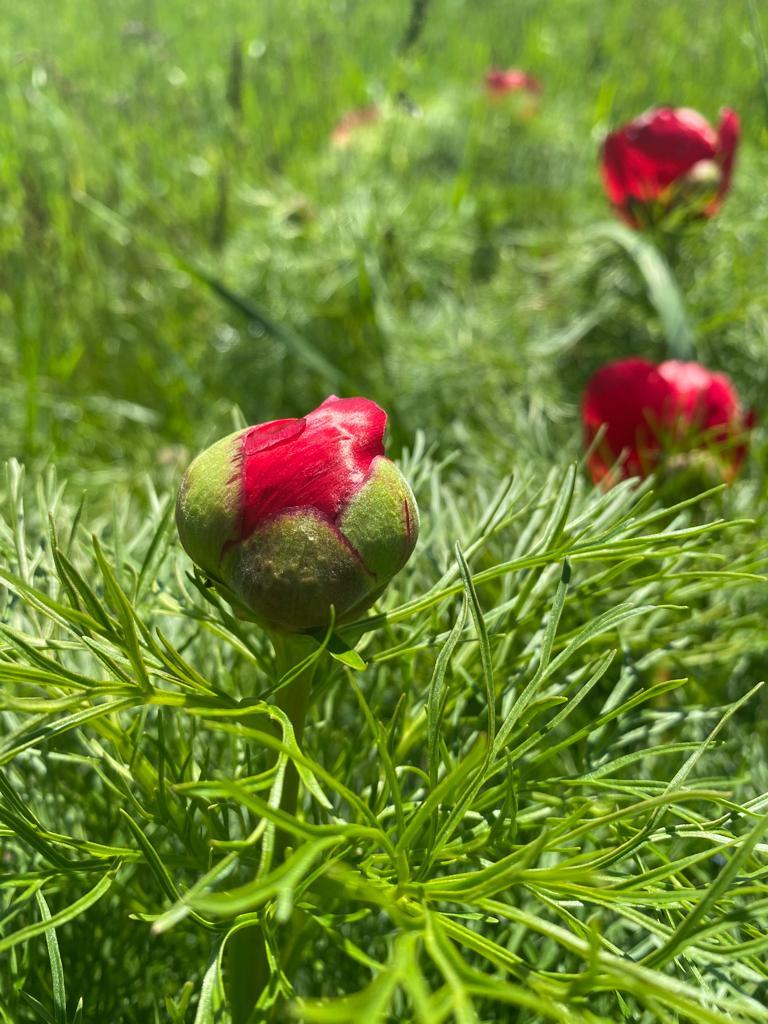
Zaul are și povești pentru inimi simțitoare. Se zice că baronul Ugron, ambasador al Imperiului Austro-Ungar în Rusia, ar fi construit Castelul din Zau ca semn de dragoste pentru una din fiicele țarului Nicolae al II-lea. I se spune „Castelul Calendar” pentru că, în arhitectura lui, măsoară timpul cu cele 365 de ferestre, 52 de camere, 4 turnuri, 12 holuri și 7 terase.
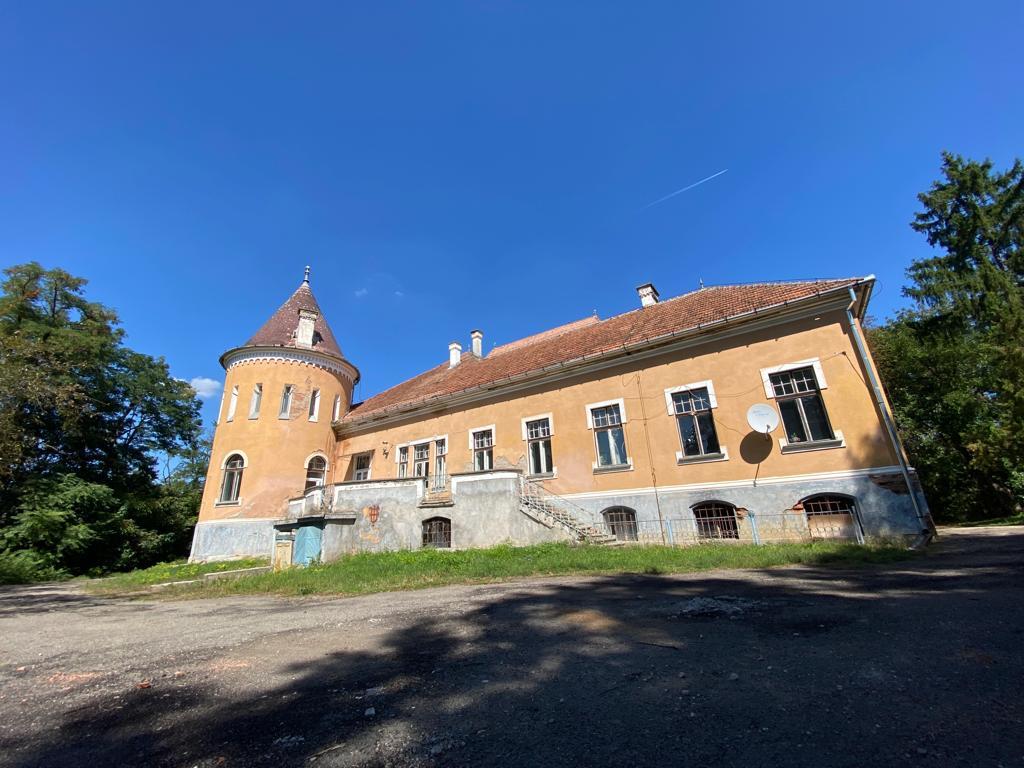
Oamenii și natura și-au făurit aici o lume a lor. Iazurile au ajuns vestite pentru crapii care le populează. După război, heleșteiele din Zau au ajuns la peste 250 de hectare și, dintr-unul de-aici, ne-am ales și noi un exemplar frumos, ca să gătim un CRAP PRĂJIT.
Tăureniul pare țara ascunsă a apelor, mai ales când vezi cele peste 150 de hectare cu luciu de lacuri. E clar că legendele Tăureniului sunt toate cu pești și pescari și pomenesc despre zeci de kilograme și mulți metri lungime. În lumea din afara basmelor, la Tăureni se poate prinde amur, biban, caras, fitofag, oblet, roșioară, șalău, știucă și caras. Noi însă am ales ceva din alt soi: câteva exemplare de vreo 2 kilograme fiecare, ca să facem un CRAP ÎN ȚĂPUȘĂ.
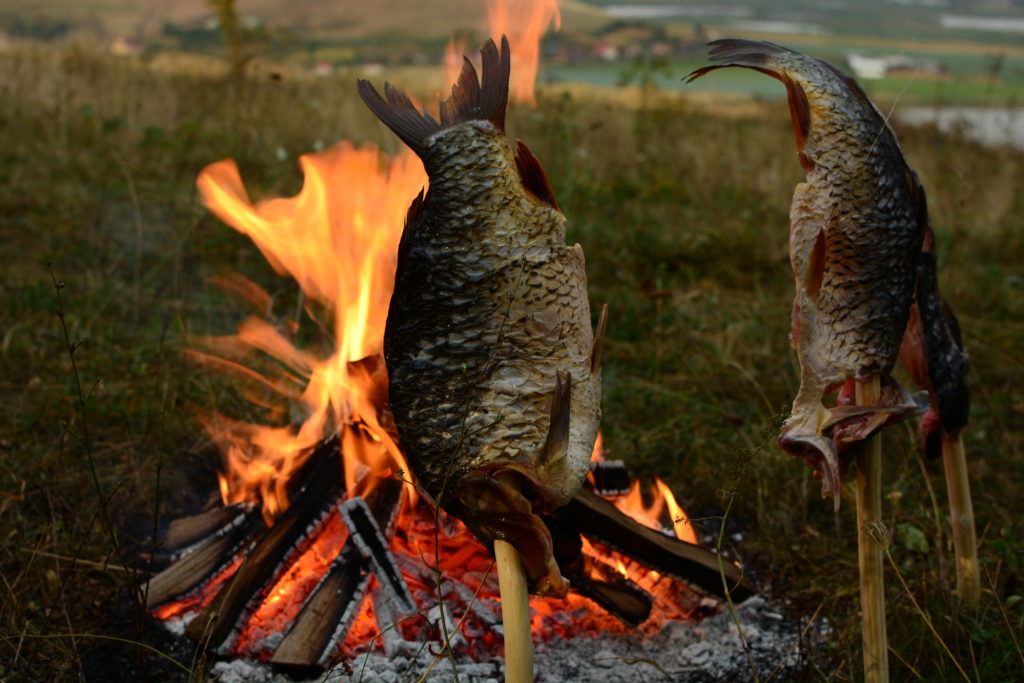
Cu mai bine de 100 de ani în urmă, se presupunea că în Bazinul Transilvaniei s-au depus şi săruri de potasiu. Interesul era mare, pentru că ele erau trebuincioase industriei de armament de la acea vreme. Geologului Papp Károly i-a revenit sarcina să găsească locul potrivit pentru foraj. Într-o zi, l-a luat în trăsură pe un țăran care i-a povestit că, pe moșia lui Banfy, s-ar afla un loc mlăștinos, din care ies gaze care ard, și care sunt bune ca leac pentru reumatism. După mai multe încercări, Papp a găsit locul și a forat până la peste 300 de metri, dar l-a oprit o erupție puternică de gaze. Era 22 aprilie 1909, dată considerată a fi momentul descoperirii primului zăcământ comercial de gaz metan din România. Cantitatea de gaz debitată de sonda de la Sărmășel era a patra din lume, după cele din Pittsburg, Pennsylvania și Matson-Terrain.
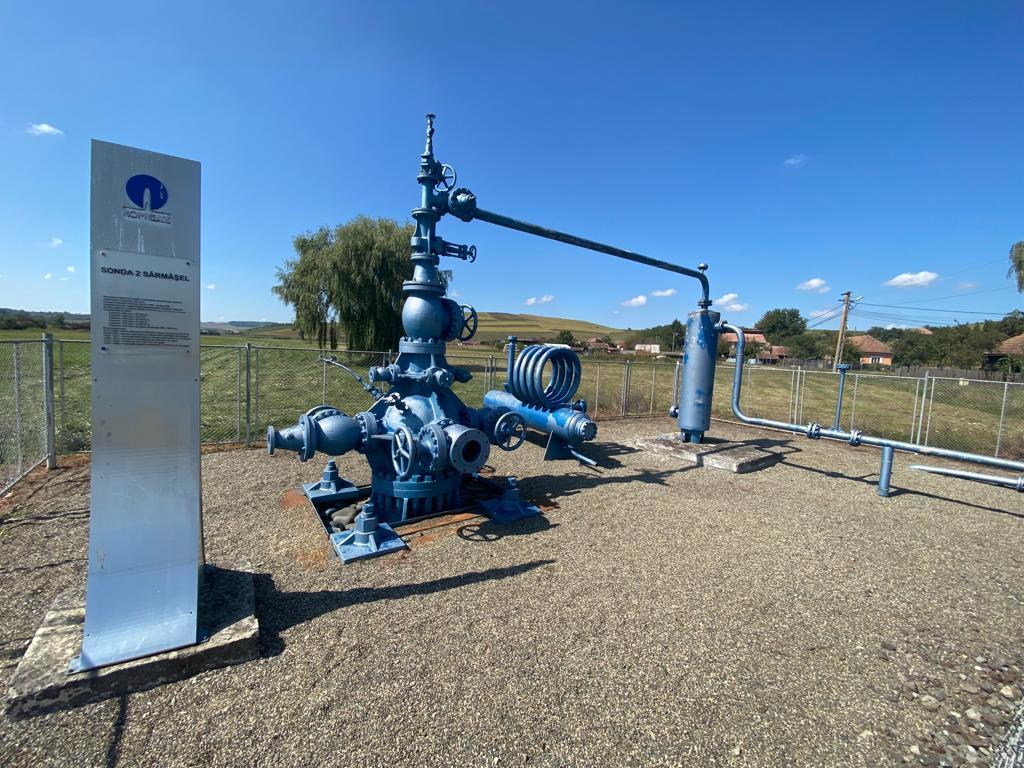
De atunci, Sărmașul este luminat de „Focurile veşnice”. Ele ard de peste 112 ani. Ziua puteți pune acolo o hârtie sau o pănușă de porumb și veți vedea cum se aprinde pe dată! Aici se simte un amestec frumos de cultură și tradiții. În bucătărie, ideea o exemplifică desăvârșit prăjitura MÉZES KRÉMES- ALBINIȚA.
Ar fi fost prea simplu ca la Fărăgău să fi gătit tot un pește. Am întrebat în sat ce fel de mâncare fac oamenii cel mai repede și ce le merge la suflet. Așa, am aflat despre PANCOVE.
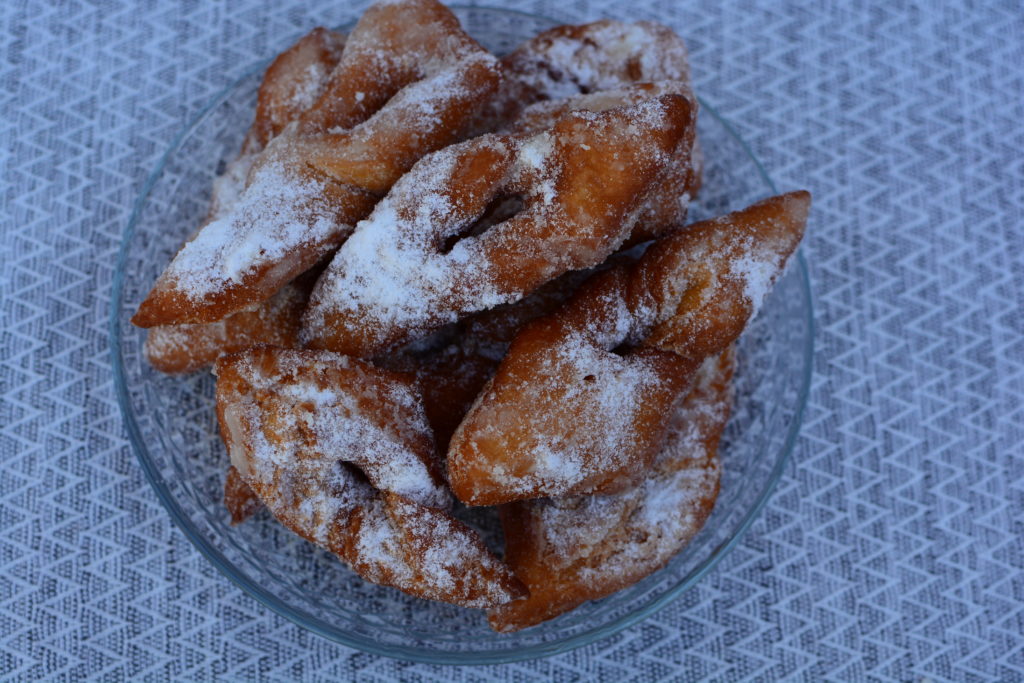
La Oarba de Mureș, sat ce intră în cuprinderea Iernutului, a avut loc cea mai sângeroasă bătălie din istoria Ardealului și una dintre cele mai dramatice din întreaga Românie. În septembrie 1944, aici au căzut 11.000 de militari români. Există cu totul 165 de cruci, însă dealul de la Oarba este loc de odihnă pentru 3.500 de bărbați români, din care sunt cunoscuți cu nume și prenume numai 1.169. Lângă cimitir, s-a înălțat o coloană de zece metri, în semn de amintire. Puteți însă aprinde o lumânare lângă oricare fir de iarbă de pe deal, că sigur veți pomeni un suflet înălțat la cer chiar de-acolo!
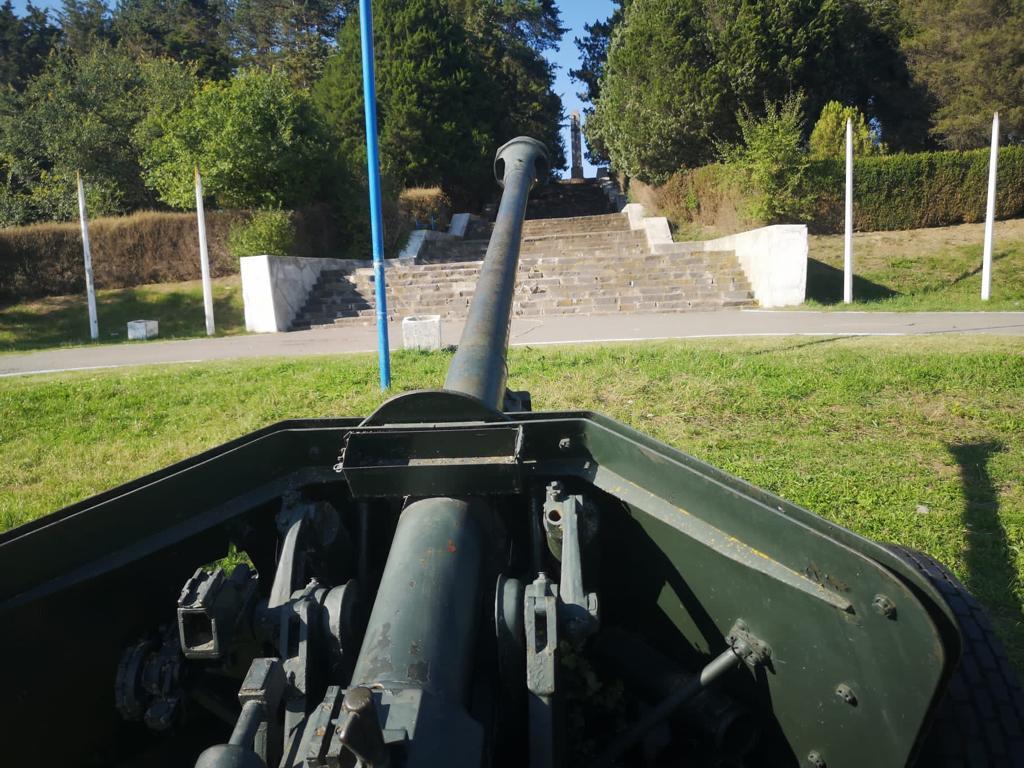
Castelul Haller de la Ogra e din secolul al XVII-lea și a fost dorit de multe familii nobiliare transilvane, care l-au și avut în proprietate. Mai apoi, întreg satul a ajuns pe numele familiei Haller și așa a rămas, vreme de trei secole. Acum, este poate cel mai frumos exemplu despre cum poate o astfel de bijuterie să revină la viață, dacă oamenii îi dau dreptul să trăiască.
Castelul din Gheja în schimb, cel aparținător baronului Bánffy Zoltán, judecător aici pe la 1800 și ceva, a fost făcut de comuniști cooperativă agricolă și a devenit, în cele din urmă, secție de psihiatrie a spitalului din Luduș.
Cuciul a avut chiar două castele. Primul s-a înălțat după planurile contelui Pekry Lőrinc și ale soției sale, poeta baroneasă Petrőczi Kata Szidónia. Din ruinele castelului s-a ridicat, se pare, conacul contelui Degenfeld Miksa Kristóf. Construit în stil neoclasic, acest castel era alimentat cu apă dintr-un turn mare de cărămidă, considerat în acele vremuri o adevărată minune inginerească, rară în Europa. Cât despre mâncăruri, oamenii din Cuci știu să facă multe, dar cel mai bine vă recomandăm acum, din toată inima, un BORȘ DE LOBODĂ CU TOPȘELE.
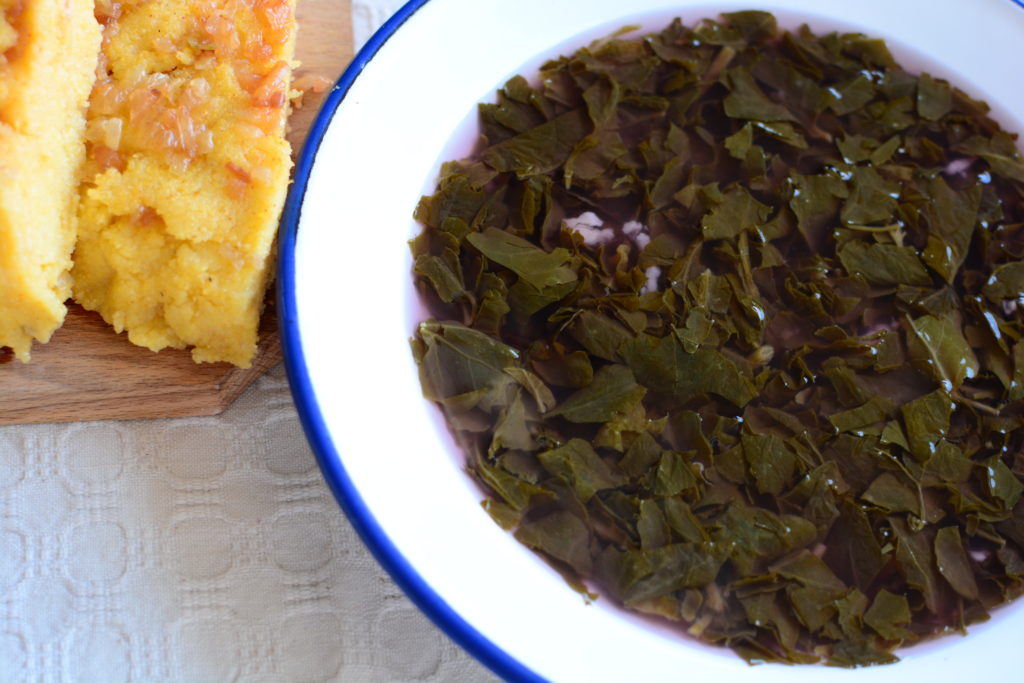
A Zichy Udvarház kúria – Vajdaszentivány büszkesége – az úgynevezett „hosszú kastély”. Barokk-neoklasszicista kúria, gróf Kemény családjának tulajdonába került, később a Zichy család örökölte. Itt bálokat tartanak, a belépés pedig egy 8 faragott kőből készült korinthoszi oszlop által támasztott porta alatt történik.
Az Istentó, az „Isten tava” vagy a „feneketlen gödör” négy hektár nagyságú, és akkora legenda fűződik a nevéhez, mint amekkora a vize. Azt mondják, hogy körülbelül 200 évvel ezelőtt egy esküvői menet vonult át a bándi kaszálón. Hirtelen hangos dörrenések hallatszottak az égből, és a föld megremegett. Aztán a tó „kihajtott”, miután valami nagy dolog esett az égből. Ennek a legendának köszönhetően egyesek azt merik állítani, hogy a Bándnak lenne Európában az egyetlen meteoritikus eredetű tava. Bándon, néhány gyönyörű és kedves embertől, ÜSTBEN KÉSZÜLT SZELETELT PONTYOT kaptam .
Mezőrücsre nagyon büszkék a helyiek! Tisztelegnek a községen határánál született Gheorghe Șincai előtt, aki a román nyelv első nyomtatott nyelvtanának társszerzőjeként ismert. Mezőrücsön titokzatos nyomokat találunk, amelyek a trák-geto-dák lakossághoz, de talán más nemzetekhez vezetnek vissza a Comori (Kincsek) nevű helyen. A szakemberek sírhalmoknak nevezték. A régészek még nem vizsgálták, de azt mondhatnánk, hogy e furcsa halmok alatt sírok találhatók, amelyekben a holttest mellé különböző tárgyakat helyeztek el, hogy az elhunyt a túlvilágra utazzon. Azt mondják, hogy ezeken a vidékeken élt egy Márton nevű szerzetes, akit kortársai szentnek tartottak. Azóta, a megbecsülés jeléül a helyet Sânmărtin –nak (Szent Mártonnak) hívják. Itt található a 14. század óta létező „Nagyboldogasszony” -nak szentelt kolostor is, amely valódi lelki tűzhely a környező hívek számára. Az erdélyi síkságon az emberek mindenütt megtisztelik vendégeiket, asztalhoz ültetik, mint korábban. Királyhoz méltóan megvendégelik őket, felszolgálva a szép, AGYAGEDÉNYBEN KÉSZÜLT ZABKÁSÁS GALUSKÁT, vagy DISZNÓPÖRKÖLTET FÜSTÖLT CSONTTAL.
Mezőzáh egyedülálló Romániában és Európában, az aprócska kis növény gyengédségének köszönhetően. Örök élettel, lila virággal, amelyet évente csak hét napig lehet csodálni, a sztyeppei bazsarózsa több mint 10 000 évvel ezelőtt került ezekre a helyekre. Annyira megtetszett neki a Mezőzáh, hogy nem akart más hasonló magaslatra „elmenni” sem az országban, sem Európában. A bazsarózsa lenyűgözte a bécsi tudósokat, és ma is lenyűgözi a világot. A rezervátum mindössze három hektáros, de évente több ezer ember látogat ide, a virágzás hetében, április végén-május elején.
Mezőzáhnak érzékeny szívekhez szóló történetei is vannak. Azt mesélik, hogy Ugron báró, az Osztrák-Magyar Birodalom oroszországi nagykövete, a szerelem jeléül építette fel a kastélyt, melyet II. Miklós cár egyik lánya iránt érzett. „Kalendárium kastélynak” nevezik, mert felépítésében az időt méri a 365 ablakkal, 52 szobával, 4 toronnyal, 12 csarnokkal és 7 terasszal. Az emberek és a természet itt saját világot teremtettek. A tavak az őket benépesítő pontyokról lettek híresek. A háború után a mezőzáhi tavak több mint 250 hektárra terjednek ki, és az egyikből egy gyönyörű példányt is választottunk, hogy SÜLT PONTYOT készítsünk.
Mezőtóhát a vizek rejtett országának tűnik, különösen akkor, ha megnézzük a több mint 150 hektáros, ragyogó víztükröt. Világos, hogy Mezőtóhát legendái halakról és halászokról szólnak, melyek több tíz kilogrammot és sok métert említenek. A mesék világán kívül, a valóságban Mezőtóháton amur, sügér, kárász, fitofág, szélhajtó küsz, vörösszárnyú keszeg, süllő, csuka és kárász fogható. De mi valami mást választottunk: néhány, egyenként körülbelül 2 kg-os példányt, hogy NYÁRSON SÜLT PONTYOT készítsünk.
Több mint 100 évvel ezelőtt feltételezték, hogy az Erdélyi-medencében káliumsó lerakodások találhatóak. Az érdeklődés nagy volt, mert akkoriban szükségük volt erre a fegyveriparban. Papp Károly geológusnak az volt a feladata, hogy megtalálja a fúráshoz megfelelő helyet. Egy napon felvett hintójába egy parasztot, aki elmesélte neki, hogy Banfy birtokán van egy mocsaras hely, ahonnan égő gázok jönnek ki, amelyek jó gyógyír a reuma ellen. Papp többszöri próbálkozás után megtalálta a helyet és 300 méter mélyre fúrt, de egy erős gázkitörés megállította. Mindez 1909. április 22-én történt, ezért ezt a dátumot tartják Románia első kereskedelmi metángázmező felfedezésének. A kissármási szonda által szállított gázmennyiség a negyedik volt a világon a Pittsburg, Pennsylvania és Matson-Terrain után. Azóta Nagysármást az „Örök tüzek” világítják meg. Több mint 112 éve égnek. Napközben oda lehet tenni egy darab papírt vagy egy kukoricahánycsot, és rögtön meggyúl! Itt a kultúra és a hagyományok gyönyörű ötvözetét érezheti. A konyhában ezt az ötvözetet tökéletesen példázza a MÉZES KRÉMES-MÉHECSKE sütemény.
A „Faragó-tó” természetvédelmi terület 35 hektáron terül el, és a 2000 -es években nemzeti érdekű védett területté nyilvánították. Túl egyszerű lett volna, ha Faragóban is halat találtunk volna. A faluban megkérdeztem, hogy milyen ételeket készítenek leggyorsabban és legszívesebben az emberek. Így értesültem a PÁNKÓRÓL.
Marosorbón, Radnóthoz tartozó faluban, zajlott le Erdély történetének legvéresebb, Románia egyik legdrámaibb csatája. 1944 szeptemberében 11 ezer román katona esett el itt. Összesen 165 kereszt van, de az orbói domb 3500 román férfi pihenőhelye, ebből csak 1169 ismert név szerint. A temető mellett tízméteres oszlopot állítottak az emlékezés jeléül. De a hegyen gyertyát gyújthat bármely fűszál mellett, mert biztosan ott is talál egy mennybement lelket!
A marosugrai Haller-kastély a 17. századból származik, és sok erdélyi nemesi család kívánta, akik birtokolták is. Később az egész falu Haller család nevéhez tartozott, és három évszázadig így is maradt. Napjainkban talán ez a legszebb példa arra, hogy egy ilyen ékszer hogyan éledhet újra, ha az emberek jogot adnak neki az élethez. A marosgezsei-kastélyt viszont, mely báró Bánffy Zoltáné volt, aki 1800 körül itt bíráskodott, a kommunisták mezőgazdasági szövetkezetté alakították, végül a marosludasi kórház pszichiátriai osztálya lett.
Kutyfalvának két kastélya is volt. Az első gróf Pekry Lőrinc és felesége, Petrőczi Kata Szidónia bárónő és költő tervei alapján készült. Úgy tűnik, hogy Degenfeld Miksa Kristóf gróf kúriája a vár romjaiból épült. A neoklasszikus stílusban épült kastély vízellátása egy nagy tégla toronyból történt, amelyet akkoriban igazi mérnöki csodának tartottak, Európában is ritka. Ami az ételeket illeti, a kutyfalvi emberek sok mindent tudnak készíteni, de leginkább most szívből ajánljuk a LABODABORSCS-t SAJTTAL RAKOTT PULISZKÁVAL.
The Zichy Udvarház Manor – the pride of Voivodeni – is the so-called „long castle”. A Baroque-neoclassic manor, it reached the estate of the family of count Kemény and was subsequently inherited by the Zichy family. This is where ball dances are held, which you can access by crossing under a portico supported by 8 Corinthian columns made of carved stone.
Iștantă, „God’s lake” or„the bottomless Tău” has four hectares and a legend as deep as its waters. The story says that 200 years ago, through the Fânațele Bandului a wedding suite would cross. All of the sudden, great thumping was heard from the sky and the earth shuddered. Then the lake „rose” after a large drop of the sky hit the ground. Due to this legend, some people dare to say that Band has the single lake in Europe of a meteoritic origin. It is here where we received from beautiful people, both on the outside and on the inside, CARP RINGS COOKED IN A POT.
The locals in Râciu are a proud bunch! They honor the memory of Gheorghe Șincai, born within the limits of the township, known as the co-author of the first printed grammar of the Romanian language. Here we can find mysterious traces left by Thracian-Gets-Dacian people and possibly by other people, in the place called Comori. Specialists called the Tumuli. In spite of the fact that they were not researched by archeologists, one would say that under these strange hammocks graves can be found in which the defunct was laid near his personal objects necessary for his journey in the world from beyond. One says that on these lands a monarch named Martin once came, recognized as a saint by his contemporary people. Ever since, as a sign of appreciation, the place is called Sânmărtin. One can find here the monastery having as a titular saint the „Dormition of the Virgin Mary”, founded from the very 14th century, a true spiritual hearth for believers from the surrounding areas. All over the Transylvanian Plains people respect their guests by placing them before rich tables, such as they used to in old times. They treat them with a king feast, serving them the beautiful MASH DUMPLINGS IN A CLAY POT or a PORK STEW WITH SMOKED MEAT AND JIR (POLENTA-DERRIVED WATER).
Zau de Câmpie is a unique place in Romania and Europe, due to the delicacy of its yay high flower. Having a perpetual life and a purple flower which cannot be admired for more than seven days per year, the Steppe Peony first arrived in this places over 10.000 years ago. This flower greatly enjoyed its life in Zau de Câmpie, to such an extent that it no longer „migrated” to a height so great, nor in our country or in Europe. The peony amazed even the scholars from Vienna and continues to astound people even in our days. The reservation only has three hectares, but thousands of people come here every year in the blooming week spanning from the end of Prier (April) and the beginning of Florar (May).
Zaul also has stories for sensible hearts. Legend has it that the Ugron baron, an ambassador of the Austrian-Hungarian Empire in Russia, built the Castle in Zau as a love proof for one of the daughters of Tsar Nicholas the 2nd. It is also known as the „Calendar Castle” as its architecture measures time with its 365 windows, 52 rooms, 4 towers, 12 hallways and 7 terraces. People and nature have built here a world of their own. The ponds located here became famous for their carps. Following the war, the stews in Zau reached over 250 hectares and it is from here where we received a beautiful sample of a FRIED CARP.
Tăureni seems to be the hidden country of waters, especially when yousee the 150 ha of crystal clear lakes. It is clear that the legends of Tăureni are all comprised of fish and fishermen and they all tell stories of hundreds of kilograms and many many meters in length. In the worls outside of the legends, in Tăureni you can fish amur, snapper, crucian carp, fitofag, oblet, redfin, pike-perch, pike. But we chose something from another kind of fish: a few pieces of about 2 kilograms each to cook CARP IN SPIKE.
More than 100 years ago it was supposed that on the base of the Transylvanian Basin were deposits of potassium salts. The interest was important because these potassium salts were used in the weapon industry of the time. The geologist Papp Karoly had the hard task to discover the best place for the drilling. One day he took a peasant in his carriage and the peasant told Karoly about a swampy place on the Banfy estate in which erupt gases that burn and that is a known cure for rheumatism. After several attempts, Papp found the place and drilled up to 300 meters, but stopped due to a strong gas eruption. It was the 22nd of April 1909, a date considered to be the moment of the discovery of the first commercial deposit of gas in Romania. The gas quantity produced by the probe in Sărmășel was the fourth in the world, after those from Pittsburg, Pennsylvania and Matson-Terrain. Ever since, Sărmaș is lightened by the „Perpetual fires”. They have been burning for over 112 days. During daytime, you can place a piece of paper or a corn husk and you will be able to see it immediately catching fire! One can feel here a beautiful blend of culture and traditions. Kitchen-wise, this idea is exemplified in a perfect manner by the MÉZES KRÉMES- ALBINIȚA cake.
„Lake Fărăgău” natural reservation has a length of 35 hectares and became in the 2000s a protected area of natural interest. It would have been too easy to cook again fish in Fărăgău. We asked the villagers which is the dish which one can cook in the fastest manner and which nourishes their soul. This is how we discovered the PANCOVE (DIAMOND-SHAPED DOUGHNUTS).
In Oarba de Mureș, a village subordinated to Iernut, the bloodiest battle in the history of Ardeal took place, also being one of the most dramatic in the entire Romania. In September 1944, this is where 11.000 Romanian men in the military service died. You can find a total number of 165 crosses, but the Hill from Oarba is the rest home for 3.500 Romanian men, of which only 1.169 are known by surname and first name. Near the cemetery, a column of ten meters was raised as a sign of remembrance. You can light a candle, however, near any grain of grass on the hill, as you will surely cherish a soul lifted to the skies from that very place!
The Haller Castle in Ogra dates back from the 17th century and was desired by many Transylvanian noble families, some of them actually owning it. Further on, the entire wvillage was named after the Haller family and it remained as such during three centuries. Nowadays, this might be the best example of how a jewelry of this sort can be brought back to life if people allow it. The Castle in Gheja, on the other hand, belonging to baron Bánffy Zoltán, a judge located here sometime around the 1800s, was transformed by the communists into an agricultural cooperative and ultimately became the Psychiatry department of the Hospital in Luduș.
Cuci used to have two castles, even. The first one was built according to the plans of count Pekry Lőrinc and those of his wife, the Baroness poet Petrőczi Kata Szidónia. From the castle’s ruins the manor of count Degenfeld Miksa Kristóf was seeable built. Constructed in a neoclassic style, this castle would be fed with water from a large brick tower, considered to be at the time a true rare engineering wonder in Europe. As far as food is concerned, people in Cuci know plenty on the subject, but we now recommend fully hearted as the best choice an ORACHE SPINACH BORSCH WITH TOPȘELE (CHEESE-LAYERED POLENTA COOKED IN THE OVEN).

